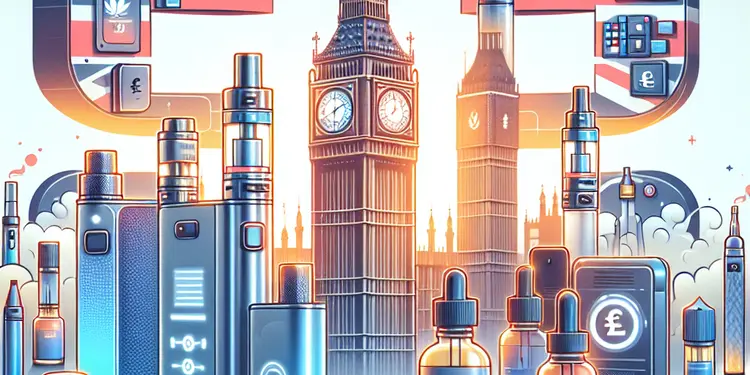
Find Help
More Items From Ergsy search
-
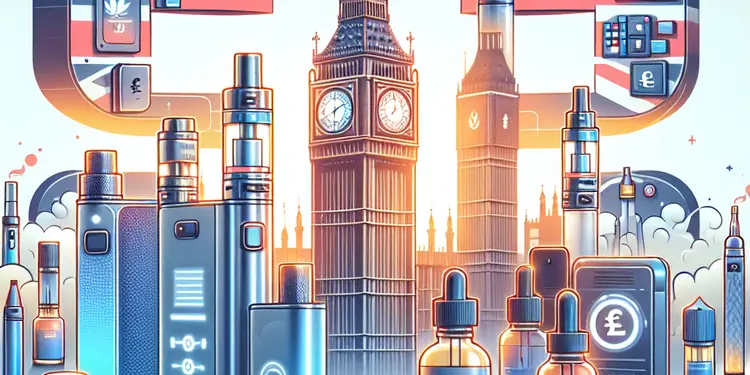
Do these rules affect nicotine content in e-liquids?
Relevance: 100%
-
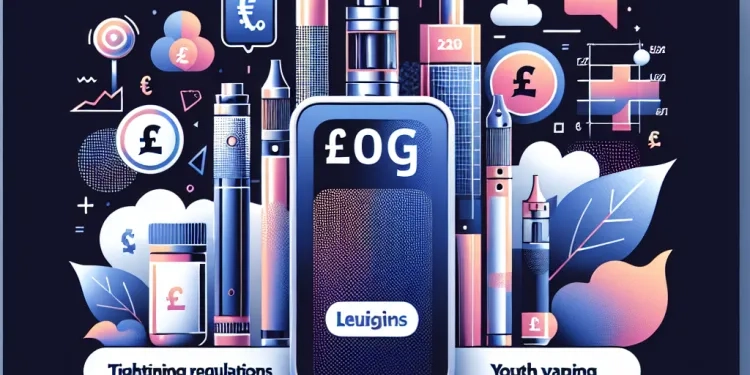
Rules on E-cigarettes to Tighten Amid Concerns Over Youth Vaping
Relevance: 26%
-
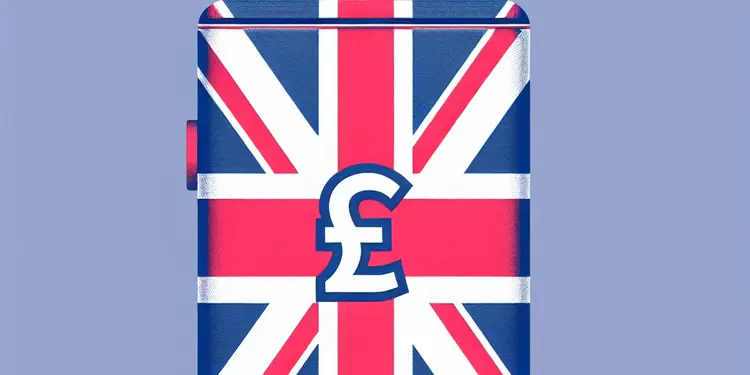
What are the new packaging requirements for e-cigarettes?
Relevance: 25%
-
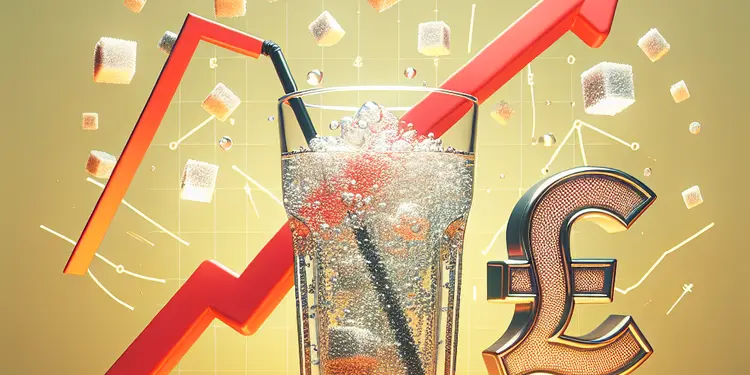
Has the sugar tax affected the sugar content in drinks?
Relevance: 20%
-
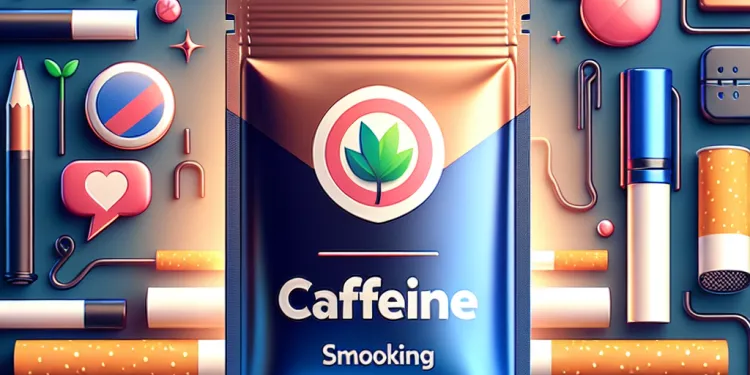
Can caffeine pouches be used for quitting smoking?
Relevance: 17%
-

Is it possible to smell the contents of a stoma bag?
Relevance: 16%
-

How much caffeine is in a caffeine pouch?
Relevance: 15%
-
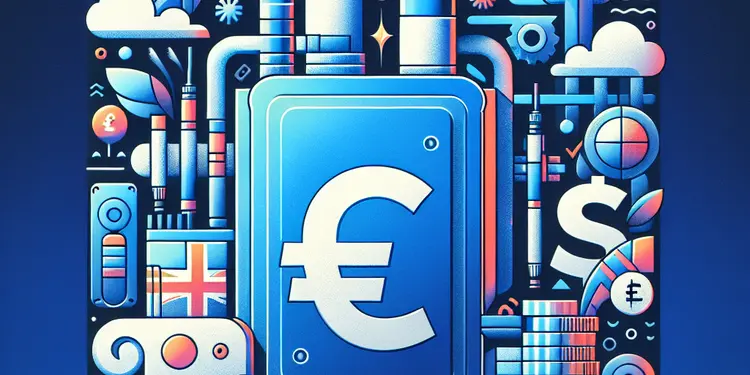
What age restrictions apply to purchasing e-cigarettes under the new rules?
Relevance: 13%
-

NHSGGC - Quit Your Way - Don’t wait to stop smoking
Relevance: 12%
-
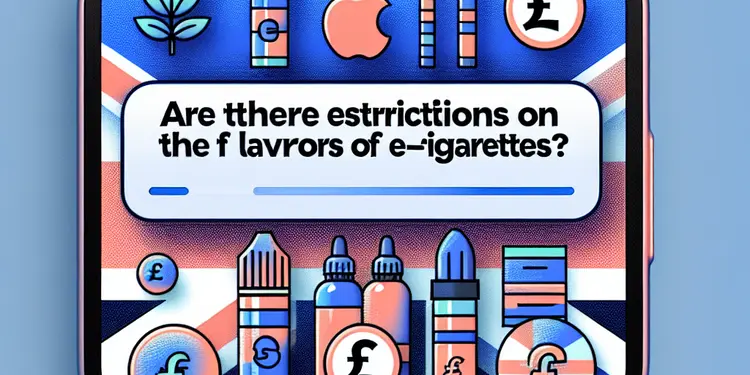
Are there restrictions on the flavors of e-cigarettes?
Relevance: 12%
-

NHS Stop Smoking Support in Blackpool - What happens when you use our service
Relevance: 11%
-

NHS Stop Smoking Subtitled version
Relevance: 10%
-
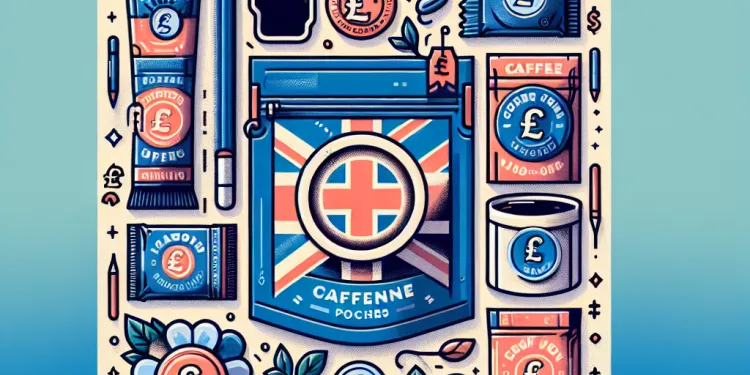
Are there different flavors of caffeine pouches?
Relevance: 9%
-
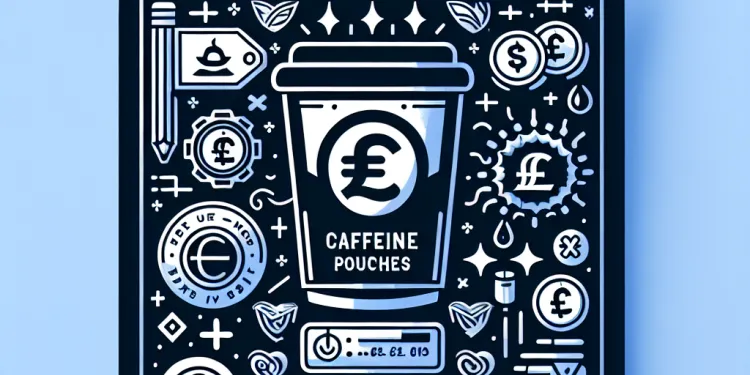
Are there any legal restrictions on caffeine pouches?
Relevance: 8%
-
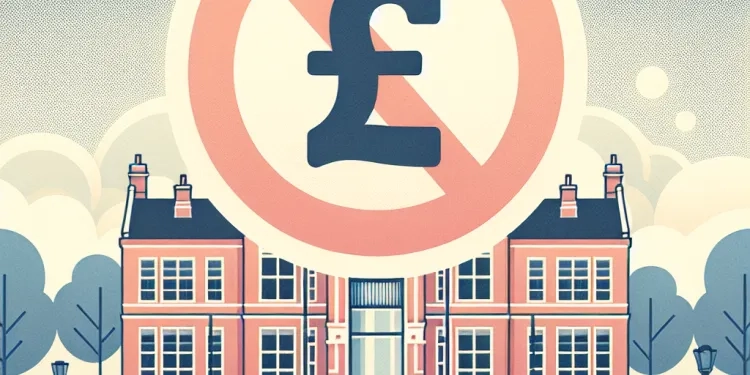
Calls to Ban Vapes Near School Grounds Gain Momentum
Relevance: 8%
-
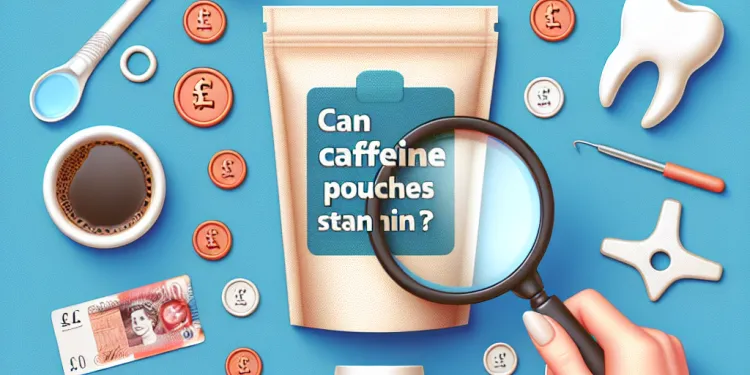
Can caffeine pouches stain teeth?
Relevance: 8%
-
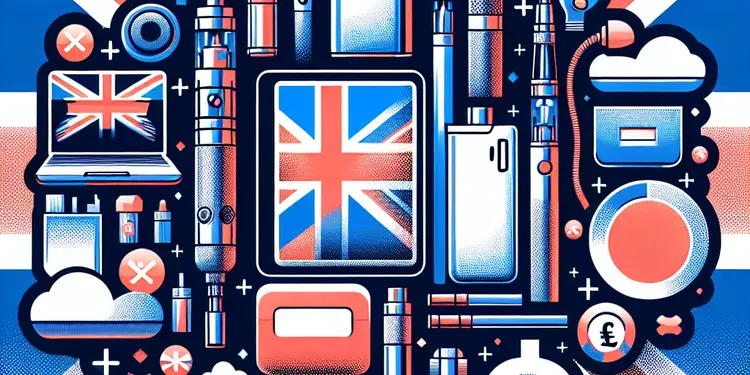
Is online sale of e-cigarettes still allowed?
Relevance: 7%
-
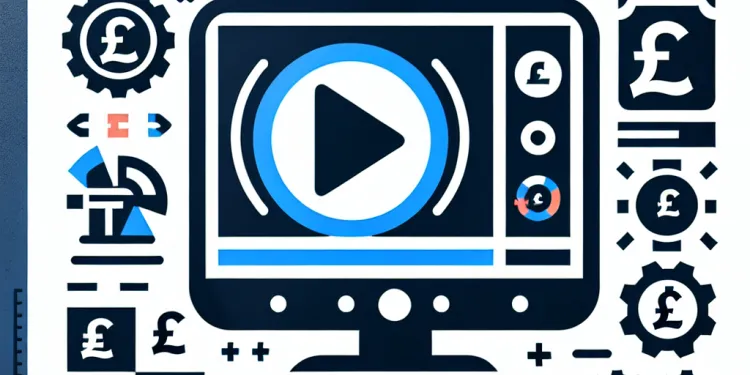
Do I need a TV license to watch BBC iPlayer?
Relevance: 7%
-
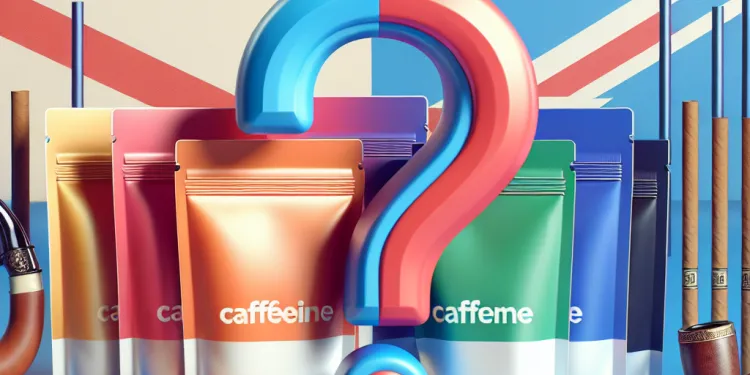
Are caffeine pouches a tobacco product?
Relevance: 7%
-
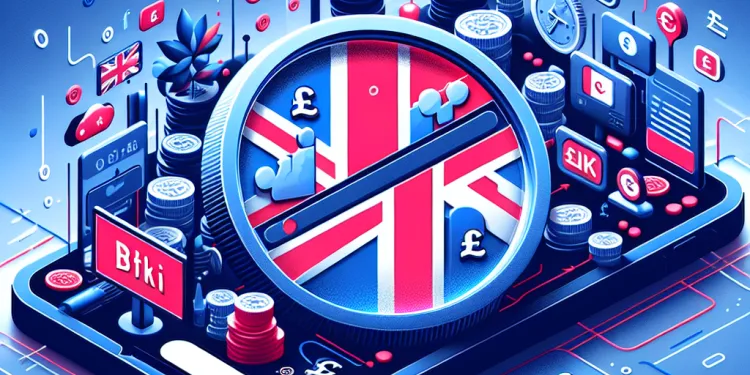
Do I need a TV license if I only watch streaming services like Netflix?
Relevance: 7%
-
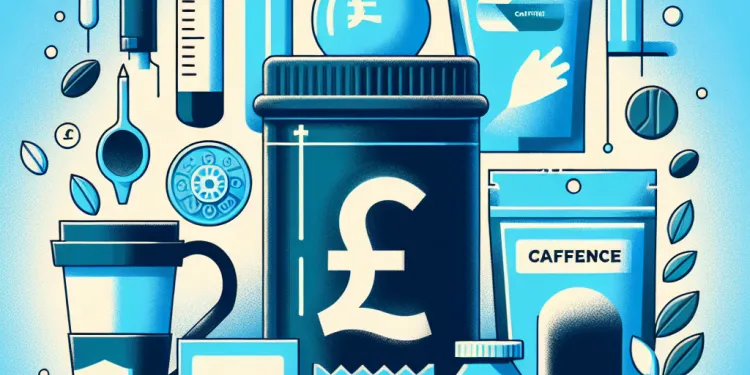
What ingredients are typically found in caffeine pouches?
Relevance: 7%
-
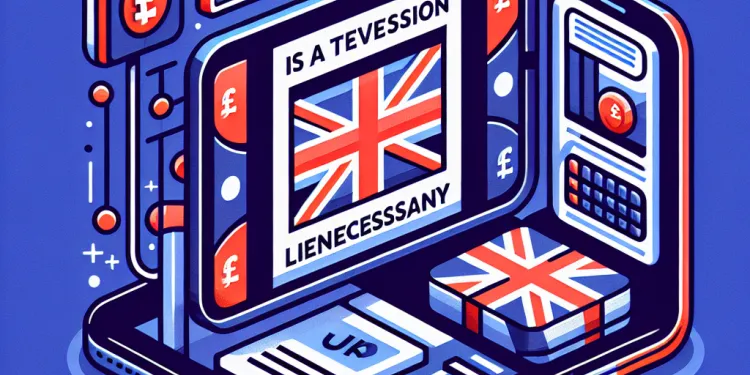
Is a TV license required for watching TV on a mobile device?
Relevance: 6%
-

BSL - Causes of insomnia
Relevance: 6%
-

BSL - Treatments for insomnia
Relevance: 6%
-
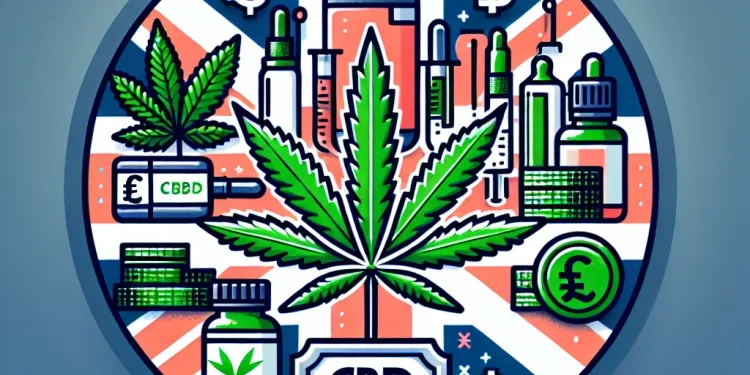
What should I look for when buying CBD products?
Relevance: 6%
-
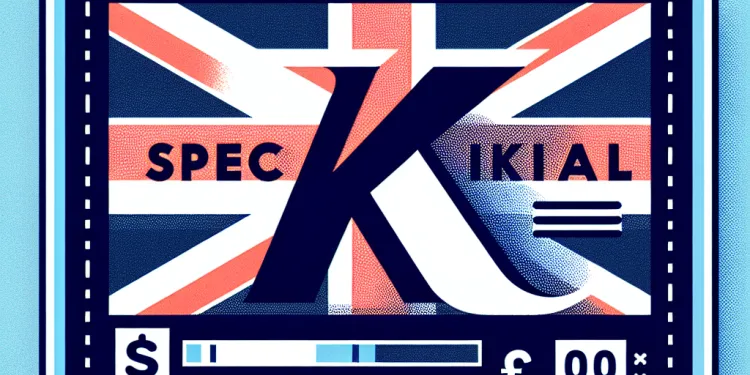
What is special K?
Relevance: 6%
-
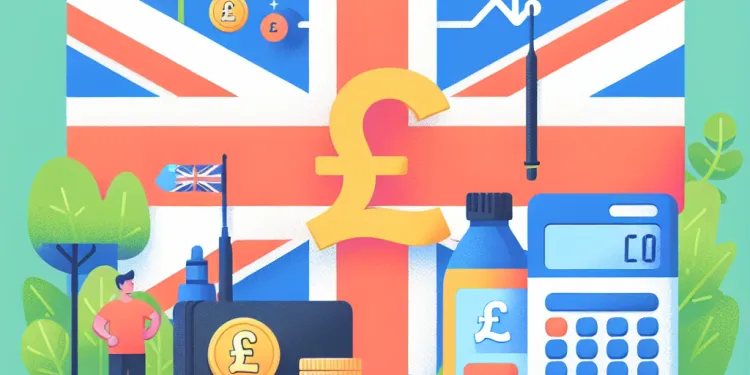
Are there any lifestyle changes that can help regulate cortisol levels?
Relevance: 6%
-

Does the sugar tax apply to small businesses?
Relevance: 6%
-
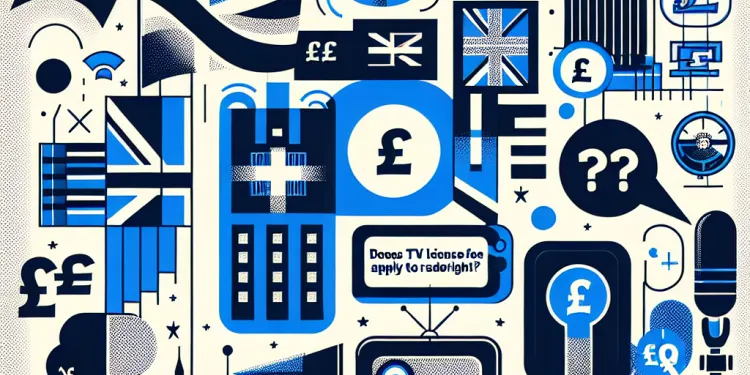
Does the TV license fee apply to radio broadcasts?
Relevance: 6%
-
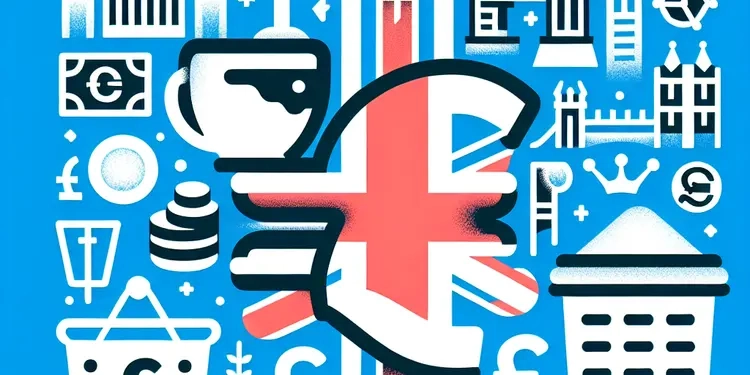
What is the sugar tax in the UK?
Relevance: 6%
-
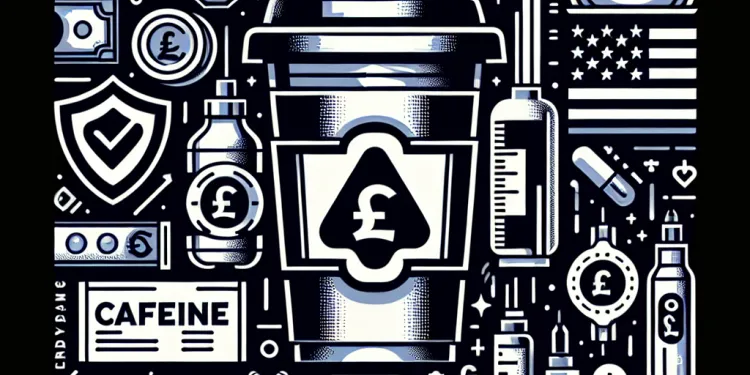
Are caffeine pouches safe?
Relevance: 5%
-

BSL - Panic disorder: things you can do to help yourself
Relevance: 5%
-

Can caffeine pouches help with energy?
Relevance: 5%
-

How can one minimize the impact of coffee on blood pressure?
Relevance: 5%
-

What is the main finding of the study linking screen time to sleep quality?
Relevance: 5%
-
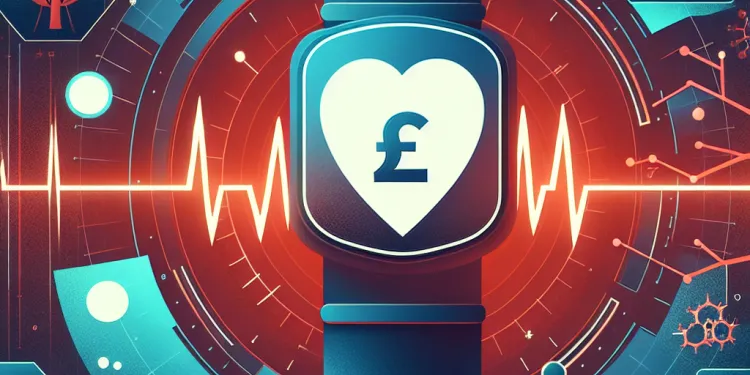
What causes high blood pressure?
Relevance: 5%
-
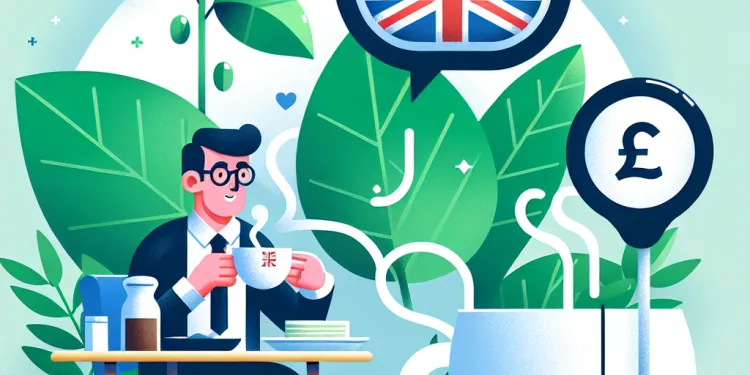
Is green tea a better alternative to coffee for blood pressure management?
Relevance: 5%
-
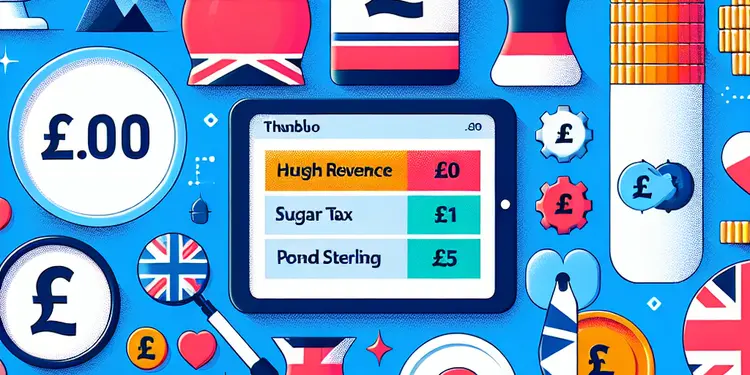
How much revenue has the sugar tax generated?
Relevance: 5%
-
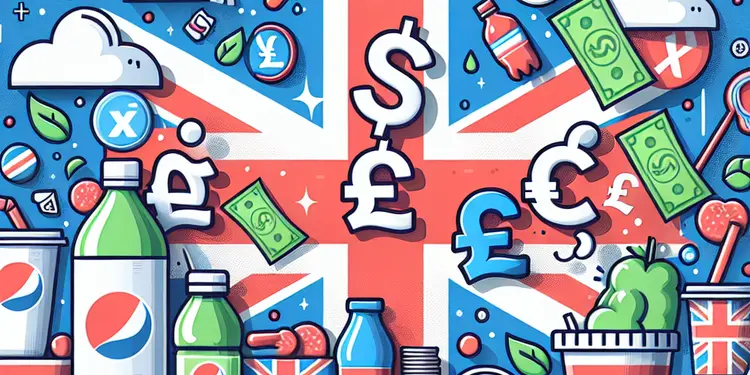
Is the sugar tax applied to diet or zero sugar drinks?
Relevance: 5%
-

How does screen time affect sleep quality?
Relevance: 5%
Understanding E-liquid Regulations in the UK
In the United Kingdom, e-liquids are subject to regulations under the Tobacco and Related Products Regulations 2016, which implement the European Union’s Tobacco Products Directive (TPD). These regulations are designed to address the safety, quality, and advertising of electronic cigarettes and refill containers, including the nicotine content of e-liquids. While the UK has now exited the European Union, many regulations, including those covering e-liquids, have remained largely aligned with the previous EU directives.
Nicotine Content Restrictions
One of the primary rules affecting the nicotine content in e-liquids is the limit set by the TPD. The maximum nicotine strength allowed in e-liquids is 20 mg/mL (2%). This limit is intended to reduce the risk of accidental nicotine poisoning and ensure product safety for consumers. The regulations also stipulate that e-liquid refill bottles can have a maximum capacity of 10 ml. This limit is intended to minimize exposure to large quantities of nicotine, which can be harmful in concentrated amounts.
Packaging and Labeling Requirements
E-liquids sold in the UK must adhere to strict packaging and labeling requirements. These products need to be child-resistant and tamper evident to prevent accidental ingestion by children. Additionally, the packaging must include health warnings covering 30% of the front and back of the pack. This warning must state, “This product contains nicotine which is a highly addictive substance.” Furthermore, ingredients must be listed, along with recommended usage instructions and contraindications, ensuring users are well informed about the contents of the e-liquids they consume.
Testing and Notification
Before an e-liquid product can be sold in the UK, it must undergo rigorous testing to ensure it meets quality and safety standards. Producers are required to submit detailed information about their products to the UK Medicines and Healthcare products Regulatory Agency (MHRA) at least six months before their intended release date. This notification process includes providing data on emissions, nicotine dose consistency, and toxicology, among other criteria. Such measures are designed to ensure that any product on the market is both safe and compliant with regulatory standards.
Impacts on Manufacturers and Consumers
These regulations have significant implications for both manufacturers and consumers of e-liquids in the UK. For manufacturers, it imposes a need for strict compliance and meticulous product documentation, potentially increasing production costs. For consumers, these regulations aim to enhance safety by ensuring that all available products have been thoroughly vetted. Additionally, since the regulation restricts the availability of high-strength nicotine e-liquids, consumers looking for stronger nicotine levels must often employ alternative methods such as nicotine salts, which provide a more potent nicotine hit at lower concentrations.
Understanding E-liquid Rules in the UK
In the UK, there are rules for e-liquids. These rules come from the Tobacco and Related Products Regulations 2016. They help keep e-liquids safe and good quality. They also control how e-liquids are advertised. The rules cover things like how much nicotine can be in e-liquids. Even though the UK is not in the European Union anymore, many rules are still the same.
Nicotine Limits
There is a rule about how much nicotine can be in e-liquids. The most nicotine allowed is 20 mg in each mL, which is like 2%. This rule helps keep people safe from too much nicotine, which can be dangerous. E-liquid bottles can only be up to 10 mL big. This also helps keep people safe from a lot of nicotine at once.
Packaging and Labels
E-liquids sold in the UK need special packaging. The packaging must be hard for children to open and must show if someone tried to open it. This helps stop children from swallowing the liquid. On the packages, 30% of the front and back must have a warning. The warning says, “This product contains nicotine which is a highly addictive substance.” The packaging should also list ingredients and how to use the e-liquid safely, so people know what they are using.
Testing and Approval
Before e-liquids are sold in the UK, they need to be tested to make sure they are safe. Companies have to give details about their e-liquids to the UK Medicines and Healthcare Products Regulatory Agency (MHRA). They must do this six months before selling them. The information includes things like how much nicotine is in the liquid and whether it is safe to use. This helps to make sure all e-liquids in the shops are safe.
Effects on Makers and Buyers
These rules affect both the people who make e-liquids and the people who buy them. Makers have to follow the rules closely and keep good records, which can cost more money. For people who buy e-liquids, these rules help to make sure the products are safe. Because of the rules, strong nicotine e-liquids are not easy to find. People who want more nicotine might use nicotine salts, which feel stronger even though they have less nicotine.
Frequently Asked Questions
Do the rules regulate nicotine levels in e-liquids?
Yes, the rules often specify maximum nicotine concentrations allowed in e-liquids.
Is there a legal limit for nicotine content in e-liquids?
Yes, many regulations set a maximum nicotine concentration, such as 20 mg/mL, though this can vary by region.
Are nicotine-free e-liquids affected by these rules?
Nicotine-free e-liquids may be subject to different regulations or may be excluded from certain nicotine-specific rules.
Do these rules require testing of nicotine content in e-liquids?
Yes, the rules often require manufacturers to test and verify the nicotine content in their products.
Can e-liquids exceed the nicotine limits if they are not labeled for vaping?
No, if a product is used as or intended for vaping, it must comply with nicotine limits, regardless of labeling.
Are there standard methods for measuring nicotine content?
Yes, the regulations often require standardized testing methods for nicotine content to ensure consistency and safety.
Can I import e-liquids with higher nicotine levels from other countries?
Importing e-liquids with higher nicotine levels may be restricted or illegal depending on domestic regulations.
Do nicotine content regulations apply to DIY e-liquids?
Yes, regulations can apply to all e-liquids, though enforcement on DIY creation can be challenging.
Do these rules also cover nicotine salts?
Yes, nicotine salt e-liquids are included under rules governing nicotine content.
Are there penalties for exceeding nicotine limits in e-liquids?
Penalties can include fines, product seizures, or other enforcement actions depending on jurisdiction.
Do these rules affect the formulation of e-liquids?
Yes, manufacturers must formulate e-liquids to meet nicotine content regulations.
How do regulations affect labeling of nicotine content?
Regulations often require clear labeling of nicotine content to provide consumers with accurate information.
Can new regulations change the allowed nicotine content in e-liquids?
Yes, new regulations or updates to existing laws can change permissible nicotine levels in e-liquids.
Is there a difference in regulation between freebase nicotine and nicotine salts?
Both are regulated under the same framework, though there can be differences in how they are perceived regarding absorption and impact.
How do these rules impact e-liquid manufacturers?
Manufacturers must adhere to nicotine content limits, often requiring reformulation and compliance testing.
What should consumers know about nicotine content regulation?
Consumers should be aware of maximum legal nicotine levels and check that products they use comply with these limits.
Are flavoring concentrates affected by nicotine content rules?
Flavoring concentrates are not typically covered by nicotine content rules unless they themselves contain nicotine.
Do the rules apply differently to open systems versus closed pod systems?
While nicotine content limits apply generally, enforcement or detailed regulations can differ between product types.
Is there any movement to change current nicotine content rules?
Regulations are periodically reviewed and can be subject to change based on public health data and advocacy.
What role do health organizations play in these regulations?
Health organizations often provide research and recommendations that influence regulatory decisions regarding nicotine content.
Do the rules say how much nicotine can be in e-liquids?
Yes, the rules usually say how much nicotine is allowed in e-liquids.
Is there a law for how much nicotine can be in e-liquids?
Yes, many rules say how much nicotine can be in e-liquids. It is often 20 mg/mL, but this can change depending on where you live.
Do the rules also apply to e-liquids without nicotine?
Yes, the rules can apply to e-liquids even if they do not have nicotine.
If you want help reading, you can:
- Ask someone to read with you.
- Use a tool that reads out loud.
- Take notes to help you remember.
Nicotine-free e-liquids might have different rules. Some rules about nicotine might not apply to them.
Do we need to test how much nicotine is in e-liquids?
Yes, the rules usually say that companies must check how much nicotine is in their products.
Can e-liquids have too much nicotine if they don't say they are for vaping?
No. If you use the product for vaping, it must follow the nicotine rules. This is true even if the label says something different.
How can we check how much nicotine is in something?
Yes, there are rules that say we need to check how much nicotine is in products. This helps keep things the same and makes sure they are safe.
Can I bring e-liquids with more nicotine from other countries?
E-liquid is the liquid you use in vapes. It can have nicotine in it. Some places have rules about how much nicotine e-liquid can have.
If you want to bring e-liquid from another country, check if it follows the rules where you live. Ask an adult for help or look online for your country's rules about e-liquids.
Here are some tips to help you:
- Read labels on the e-liquid bottles.
- Use a computer or phone to find information online.
- Ask someone you trust to explain the rules to you.
Bringing in e-liquids with more nicotine might not be allowed. This can change based on the rules in your country.
Do rules about nicotine amounts apply to homemade vape liquids?
Yes, rules can apply to all e-liquids. But it is hard to check if people are making e-liquids at home.
Do these rules also include nicotine salts?
Nicotine salts are a type of nicotine. Think about if these rules apply to all types of nicotine. If you are not sure, you can ask someone for help. You can use a dictionary to understand what "nicotine" and "salts" mean. You might also use a tool that reads the words out loud to you.
Yes, nicotine salt e-liquids must follow the rules about nicotine levels.
What happens if there is too much nicotine in e-liquids?
If e-liquids have too much nicotine, there might be rules or punishments. Rules mean some actions are not allowed. If you break these rules, there could be consequences.
Here are some tips to help understand:
- Ask an adult for help if you are confused.
- Use simple online tools to read more about e-liquids and nicotine.
If you break the rules, you might have to pay money, give back the items, or face other actions. This depends on where you live.
Do these rules change how e-liquids are made?
Yes, companies must make e-liquids to follow rules about how much nicotine is in them.
How do rules change the way nicotine is labeled?
Rules say that labels must be clear about how much nicotine is in things. This helps people know what they are buying.
Can new rules change how much nicotine is in e-liquids?
E-liquids are liquids used in e-cigarettes.
Nicotine is a chemical that can be in these liquids.
Rules can change how much nicotine is allowed.
New rules might change these amounts.
If you want to learn more, you can ask someone who knows a lot about e-cigarettes.
Using pictures or diagrams can help explain this better.
Yes, new rules or changes to laws can change how much nicotine can be in e-liquids.
Are the rules different for freebase nicotine and nicotine salts?
Both are controlled by the same set of rules. But, people might see them differently because of how they work in the body and their effects.
How do these rules affect people who make e-liquids?
Companies that make things with nicotine have to follow rules about how much nicotine can be inside. This means they might have to change their products and do tests to make sure they follow the rules.
What do buyers need to know about rules for nicotine content?
Here are some easy things to know:
- Nicotine is in cigarettes and vapes: Nicotine is a chemical that makes smoking and vaping addictive.
- Rules help keep people safe: There are rules to control how much nicotine is in these products.
- Check the labels: Always look at the labels to see how much nicotine is inside.
- Ask an adult: If you don’t understand, ask a grown-up to help.
- Use tools to understand: You can use picture charts or simple guides to learn more about nicotine.
People should know the highest amount of nicotine allowed by law. Make sure the products you use follow these rules.
Do nicotine rules change how flavor concentrates are made?
Flavoring concentrates usually do not have to follow the rules for nicotine content unless they have nicotine in them.
Are the rules different for open systems and closed pod systems?
Here is a simpler way to understand it:
- Open systems: These can work with different parts. They are like a toy that can fit different pieces.
- Closed pod systems: These work with specific parts. They are like a puzzle where only certain pieces will fit.
Think about using tools like pictures and videos to help you understand better.
There are rules about how much nicotine can be in products. But, the rules might be different for each type of product.
Are there plans to change the rules about nicotine levels?
Rules about health often get checked and can change. This happens because of health information and people asking for changes.
What do health organizations do in these rules?
Health organizations help make and check the rules for health and safety. They make sure everyone stays safe and healthy.
Here are some tools that can help understand better:
- Pictures: Pictures can show what the rules mean.
- Simple Videos: Videos can explain the rules in a fun way.
- Audio Stories: Listening to stories can help you learn about the rules.
- Ask Someone for Help: Talking to a friend or family member can make it easier to understand.
Health groups study and give advice that helps rule makers decide about nicotine levels in products.
Useful Links
- Ergsy carfully checks the information in the videos we provide here.
- Videos shown by Youtube after a video has completed, have NOT been reviewed by ERGSY.
- To view, click the arrow in centre of video.
- Most of the videos you find here will have subtitles and/or closed captions available.
- You may need to turn these on, and choose your preferred language.
- Go to the video you'd like to watch.
- If closed captions (CC) are available, settings will be visible on the bottom right of the video player.
- To turn on Captions, click settings .
- To turn off Captions, click settings again.
More Items From Ergsy search
-

Do these rules affect nicotine content in e-liquids?
Relevance: 100%
-

Rules on E-cigarettes to Tighten Amid Concerns Over Youth Vaping
Relevance: 26%
-

What are the new packaging requirements for e-cigarettes?
Relevance: 25%
-

Has the sugar tax affected the sugar content in drinks?
Relevance: 20%
-

Can caffeine pouches be used for quitting smoking?
Relevance: 17%
-

Is it possible to smell the contents of a stoma bag?
Relevance: 16%
-

How much caffeine is in a caffeine pouch?
Relevance: 15%
-

What age restrictions apply to purchasing e-cigarettes under the new rules?
Relevance: 13%
-

NHSGGC - Quit Your Way - Don’t wait to stop smoking
Relevance: 12%
-

Are there restrictions on the flavors of e-cigarettes?
Relevance: 12%
-

NHS Stop Smoking Support in Blackpool - What happens when you use our service
Relevance: 11%
-

NHS Stop Smoking Subtitled version
Relevance: 10%
-

Are there different flavors of caffeine pouches?
Relevance: 9%
-

Are there any legal restrictions on caffeine pouches?
Relevance: 8%
-

Calls to Ban Vapes Near School Grounds Gain Momentum
Relevance: 8%
-

Can caffeine pouches stain teeth?
Relevance: 8%
-

Is online sale of e-cigarettes still allowed?
Relevance: 7%
-

Do I need a TV license to watch BBC iPlayer?
Relevance: 7%
-

Are caffeine pouches a tobacco product?
Relevance: 7%
-

Do I need a TV license if I only watch streaming services like Netflix?
Relevance: 7%
-

What ingredients are typically found in caffeine pouches?
Relevance: 7%
-

Is a TV license required for watching TV on a mobile device?
Relevance: 6%
-

BSL - Causes of insomnia
Relevance: 6%
-

BSL - Treatments for insomnia
Relevance: 6%
-

What should I look for when buying CBD products?
Relevance: 6%
-

What is special K?
Relevance: 6%
-

Are there any lifestyle changes that can help regulate cortisol levels?
Relevance: 6%
-

Does the sugar tax apply to small businesses?
Relevance: 6%
-

Does the TV license fee apply to radio broadcasts?
Relevance: 6%
-

What is the sugar tax in the UK?
Relevance: 6%
-

Are caffeine pouches safe?
Relevance: 5%
-

BSL - Panic disorder: things you can do to help yourself
Relevance: 5%
-

Can caffeine pouches help with energy?
Relevance: 5%
-

How can one minimize the impact of coffee on blood pressure?
Relevance: 5%
-

What is the main finding of the study linking screen time to sleep quality?
Relevance: 5%
-

What causes high blood pressure?
Relevance: 5%
-

Is green tea a better alternative to coffee for blood pressure management?
Relevance: 5%
-

How much revenue has the sugar tax generated?
Relevance: 5%
-

Is the sugar tax applied to diet or zero sugar drinks?
Relevance: 5%
-

How does screen time affect sleep quality?
Relevance: 5%